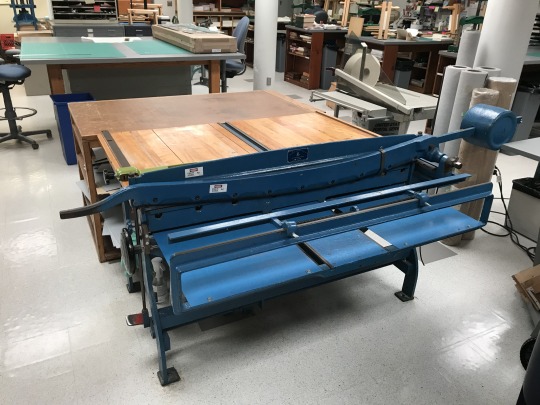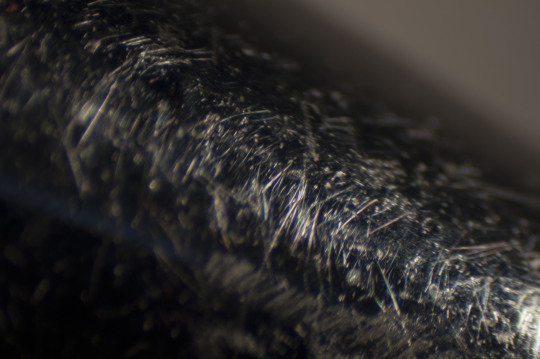#ConservationTools
Explore tagged Tumblr posts
Text
Why Forestry Mulching is the Best Choice for Land Clearing

Discover why forestry mulching is the most efficient and eco-friendly method for land clearing. This blog breaks down its benefits-from saving time and money to improving soil health. If you're planning a land project, this is a must-read.
Click here for learn about more information –
#ForestryMulching#LandClearing#EcoFriendlyClearing#SustainableLandUse#MulchingBenefits#BrushRemoval#UnderbrushClearing#LandDevelopment#SoilHealth#HabitatRestoration#EfficientLandClearing#WildfirePrevention#ClearingSolutions#PropertyImprovement#LandClearingServices#MulchingMachines#LandMaintenance#SustainableFarming#ForestManagement#ConservationTools#ErosionControl#MulchingExperts#TexasLandClearing#EnvironmentallyFriendly#LandPrep
0 notes
Text

#Display with #confidence #Custom #aluminum #diecast #art #mount #supports provide #structural #integrity without compromising on #aesthetics or #conservation #standards Non-#reactive lightweight & strong—#ideal for long-#term #heritage display
http://incgoyal.com https://x.com/goyal_inc https://www.youtube.com/@GoyalInc https://www.instagram.com/goyalinc https://in.pinterest.com/goyalinc https://www.facebook.com/incgoyal https://www.threads.net/@goyalinc
📞 Goyal Inc 🌐 www.Incgoyal.com | 📧 [email protected] | 📱 +91 9811088250
#ArtDisplayHardware #AluminumMounts #DiecastingInnovation #MuseumGradeSupports #ConservationTools #NonCorrosiveMetal #StructuralArtSupport #PreservationEngineering #GoyalInc #PrecisionInDisplay
2 notes
·
View notes
Photo


🎨 Conservation Tools – Loose Pigments In conservation, we use loose pigments to color retouching paint, fill material, and inpainting elements. These pigments are lightfast, ensuring long-term color stability — essential in preventive conservation. 🌍 Many pigments are sourced from inorganic materials such as green earth, umber, and ochre, or are synthetically produced. I personally enjoy working with pigments from Verfmolen De Kat, a unique pigment windmill on the Zaanse Schans in the Netherlands, where pigments are still traditionally ground. ⚠️ Unfortunately, this historic mill is now under threat of closure due to a decision by Stichting de Zaansche Molen. This would be a serious loss — not just for conservators and artists, but for cultural and artisanal heritage in general. 🖌️ These pigments are more than raw material. They carry a story, a craft, and generations of knowledge. 💬 Let the mill keep turning. Let heritage keep living. 🔗 verfmolendekat.com 📢 Zaansche Molen – closure #ConservationTools #ArtConservation #Pigments #VerfmolenDeKat #CulturalHeritage #TraditionalCraftsmanship #ZaanseSchans #NoColorWithoutTheMill #SaveDeKat #AtelierIDDI #PreventiveConservation #MaterialsKnowledge
0 notes
Text
Our Indispensable Board Shears

One of the first things you’ll notice in our conservation lab is our giant cutters. These “board shears” are some of our most used tools. We use them to cut a wide range of materials in the process of making protective enclosures, repairing books, and performing various conservation treatments. Both of our shears are Jacques shears, named after their manufacturer, John Jacques & Son of Worcester, Massachusetts. Ours have been modified over the years with wood tops and new paint, but their cast iron supporting structures and steel blades likely date from the late nineteenth or early twentieth centuries.
While they were designed to be used for cutting board or paper by bookbinders, we use them to cut a variety of materials including the PETG (polyethylene terephthalate glycol) plastic that we use to make exhibit cradles for displays of the Hesburgh Libraries’ specialized collections. Our shears have held up well over the decades but sometimes they require specialized adjustments and realignments. Thankfully, through partnerships we’ve developed with machinists in the University’s Physics Department and the generous expertise of conservator Bill Minter, both shears have had helpful adjustments made to them in recent years. For more information on Jacques board shears and their maintenance see Bill Minter’s article Adjusting the Jacques Board Shear.

63 notes
·
View notes
Text
Biodiversity and the economy
Welcome back to ESPM Guru, today’s blog post will be about how the role of biodiversity affects the economy and vice versa.
It feels like when it comes to the debate between the economy v.s. the environment, you always have to be on one side or another. However, I believe that the role of the economy and the environment go hand in hand. Without biodiversity, our economy would go to dust and without money, it’s very hard to conserve biodiversity.
Firstly, biodiversity plays a big part in our economy, because it provides JOBS. America is a developed country, but in developing countries, biodiversity is very important for development. Over 60% of the world depends on agriculture to survive, whether this be for income or food (1). Biodiversity is also a key to poverty reduction. Countries that rely mostly on the natural resources around them, use the environment as a home and resources to sell. Without biodiversity, much of the world, especially rural and undeveloped countries, would suffer from the lack of jobs.
Also, many different species of plants are used in the medical field and without them we wouldn’t have the wide varieties of medication (and people to distribute the medication) that we do today.
Although biodiversity is so important for the economy, not a lot of businesses and politicians see it that way. Many companies still dump massive amounts of waste into the environment. For example, British Petroleum’s (BP) “Deepwater Horizon oil spill and blowout killed 11 people and became the largest accidental marine oil spill in the history of the petroleum industry at 210 million gallons of oil leaked” (3). Since President Trump came into office, he hasn’t done much to protect the environment. In fact, he has pretty much neglected it due to his belief that economic issues are more important.
Check out this link to see how Trump is changing our environment: http://news.nationalgeographic.com/2017/03/how-trump-is-changing-science-environment/
Biodiversity is very important for the function of our society and the development of our economy. Without it, many jobs would be lost, so it is important for us to conserve and protect the environment if we want our economic system to flourish as well.
Sources:
1. “Economic Benefits of Biodiversity.” Economic Benefits of Biodiversity : ConservationTools, conservationtools.org/guides/95-economic-benefits-of-biodiversity.
2. Greshko, Michael, et al. “A Running List of How Trump Is Changing the Environment.” National Geographic, National Geographic Society, 25 Oct. 2017, news.nationalgeographic.com/2017/03/how-trump-is-changing-science-environment/.
3. Kantamneni, Visala. “5 Energy Companies That Are Destroying the Planet and Don’t Seem to Care.” One Green Planet, 17 Dec. 2014, www.onegreenplanet.org/animalsandnature/energy-companies-that-are-destroying-the-planet-and-dont-seem-to-care/.
0 notes
Photo

I love using my sanding set from Polistini Conservation Supplies on this old bible's spine. Makes it easy to remove old adhesive and leather. #bookconservation #bookrepair #bookbinding #sandingleather #conservationtools (at Big River Bindery)
2 notes
·
View notes
Text
All Things Great and Small
In last week’s post we looked at photomicrographs taken of the Gaceta de Lima, and how those images were used to better understand some surprising features of the object. The images were captured with a “MacGyver-style” technique. A cellphone camera was focused down an eyepiece of a stereomicroscope to capture the magnified view of the text. Since then, the lab has added a simple piece of equipment to take our photomicrographs to the next level. By purchasing a digital camera adapter, we can now attach our high-quality digital camera directly to a mount on the microscope. See our initial test results below!

Close up view of the tip of a ball point pen.

Even closer view of scratches on a ball point pen!
8 notes
·
View notes